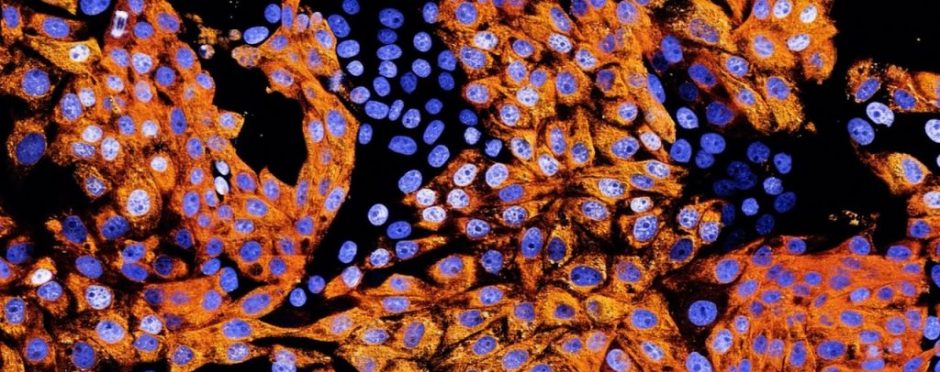Disability + Race
Ade describes parallels between the BLM movement and the Paralympic movement. He explains how the Paralympics demonstrates that given opportunities and access to sports, disabled people can thrive. Having a disability is not the issue, it is society which creates the discrimination and lack of access around having a disability.
They discuss how disabled people are often segregated in public spaces and transport. They talk about the parallels with this and racial segregation during the 1950’s in America (Montgomery bus boycott). By setting people aside, we are creating an environment that perpetrates discrimination and otherness.
This made me think about how our cities just aren’t built for disabled people. Walk down any street and you’ll see cracked pavements that are impossible to navigate in a wheelchair. Most shops still have steps at the front door, and if there’s a ramp at all, it’s usually round the back by the bins. Bus stops don’t have proper shelters or seating. Traffic lights change too quickly for someone with mobility issues to cross safely. I experienced this myself when I had a leg injury and had to walk with crutches – suddenly every kerb became an obstacle, every set of stairs felt impossible, and I realized how exhausting it was just to get around. Even new buildings seem to tick the legal boxes for accessibility but clearly weren’t designed with disabled people actually in mind. It’s like planners build everything for able-bodied people first, then add disability access as an afterthought when they have to. I find this really frustrating, and it shows how those who need extra support are pushed to the margins while everyone else gets to move around without even thinking about it.
Christine Sun Kim “friends and strangers”
Christine shares her story as an artist who is deaf. She creates art that communicates visually and captures the beauty of sign language.
Moving between different countries has shaped her experience in various ways. When she lived in California, art schools and classes wouldn’t accept her because they said they couldn’t support someone who was deaf. Things changed when she moved to Berlin, where she found it much easier to get studio space, help with childcare, and connect with other people.
As both a mother and an artist who is deaf, she needs reliable childcare to be able to work. She also needs affordable studio rent and people who can interpret for her.
She makes a thought-provoking point about keeping her sense of self when society forces her to depend on others to speak for her. Since she can’t communicate directly in the hearing world, other people have to represent what she’s saying. This creates opportunities for her message to get lost or changed. It raises the question: how do you stay true to yourself when you can’t speak directly for yourself?
Having a community around her means everything. It shows her she’s not the only one facing these challenges. People in her community appreciate her art because it tells their stories and helps the wider world understand what their lives are like.
Disability + Gender
Chay talks about being a trans, gay, white man and how this affects his life in different communities.
He says he has some advantages because he looks like a man who was born male, and people can’t see his disabilities. This shows that our identities are not the problem – it’s how other people see us that makes things difficult.
He found it hard to understand the ways gay men communicate without words.
He explains that LGBTQ+ places are difficult for disabled people because:
- Buildings are not accessible and bathrooms are hard to use
- Places are noisy with alcohol which is stressful for people with anxiety, autism, or who don’t like loud sounds
- No subtitles and no quiet spaces
- People who organize events don’t ask what disabled people need and don’t plan or pay for these things
The video itself has bad subtitles that don’t show his words correctly. This shows that technology that should help disabled people is often not made well.
He thinks feeling strong and confident is very important. This happens when you meet people with similar experiences, when people can see you, and when you feel accepted.
Looking at everything together, some things happen again and again. Society creates problems for people because of their race, disability and gender. These problems cause unfair treatment. It’s very important for people to be seen, to have community, and to have their voices heard.
When I think about design education, there are many problems. Students must do hands-on building work, but not everyone can do this, but it’s still required. How classes are taught also creates barriers – there are no subtitles, too many people in rooms, and screens are too small to see well. Even the studio spaces are not good for everyone. They are big open spaces with no quiet places to go when you need a break, and the sound is bad, so it’s hard to hear or focus.
References:
Kim, C. S. (2019). Christine Sun Kim: Friends and strangers [Video]. Available at: [https://www.youtube.com/watch?v=2NpRaEDlLsI&ab_channel=Art21].(Accessed: 23 June 2025)
Disability Rights Now. (2023) Understanding intersectional disability [Video]. YouTube. Available at: https://www.youtube.com/watch?v=KAsxndpgagU (Accessed: 23 June 2025).
Crenshaw, K. (1989). Demarginalizing the intersection of race and sex: A black feminist critique of antidiscrimination doctrine, feminist theory and antiracist politics. University of Chicago Legal Forum, 1989(1), 139-167.
ParaPride. (2023) Intersectionality in Focus: Empowering Voices during UK Disability History Month 2023 [Video]. YouTube. Available at: https://www.youtube.com/watch?v=_yID8_s5tjc&ab_channel=ParaPride (Accessed: 21 June 2025)

Hi Gab,
This is a well written post, I would add Harvard referencing and touch Kimberle Cremshaw’s theory of intersectionality to make it even more robust.
Hi Emilia,
thanks again for taking time to read my posts, really appreciate it.
I just added the references and I will have a look at Kimberle Cremshaw’s theory of intersectionality.